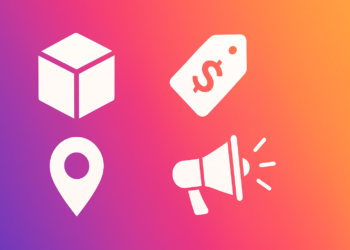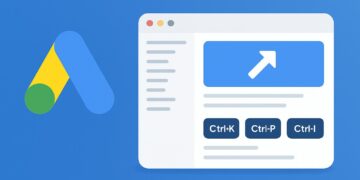Drive theory suggests behaviour is motivated by ______.
Reducing internal tension
Maximizing social status
Seeking cognitive consistency
Achieving self‑actualization
Expectancy theory states motivation = Expectancy × Instrumentality × ______.
Equity
Drive strength
Valence
Need
According to Maslow, esteem needs come immediately after ______ needs.
Self‑actualization
Safety
Physiological
Social/belonging
Herzberg’s two‑factor theory labels salary as a ______ factor.
Hygiene
Motivator
Growth
Self‑transcendence
In Alderfer’s ERG model, 'R' stands for ______ needs.
Recognition
Relatedness
Risk
Regulation
Equity theory posits that people compare their input‑outcome ratio to ______.
Referent others
Market price
Budget constraints
Past performance
A consumer choosing organic food to avoid harm aligns with which of Maslow’s levels?
Self‑actualization
Physiological
Esteem
Safety
McClelland identified three learned needs: achievement, affiliation, and ______.
Autonomy
Equity
Stimulation
Power
In expectancy theory, Instrumentality refers to ______.
Belief that performance leads to outcomes
Effort‑performance link
Internal tension
Value of the outcome
Latent motives are ______.
Always irrational
Unspoken or unconscious
Financially driven
Impossible to change
Starter
Keep practicing the basics.
Solid
Good grasp—refine the details.
Expert!
Excellent mastery.
Exploring Motivation Theories Interview Questions will help you uncover what truly drives consumer action. Start with our consumer behaviour interview questions collection to understand key motivational models. Next, test your grasp with the attitude components question set, see urgency in play through the scarcity and urgency MCQs, and sharpen your focus using the perception and selective attention quiz. Working through these interview questions will give you the confidence to discuss motivation theories with clarity.









